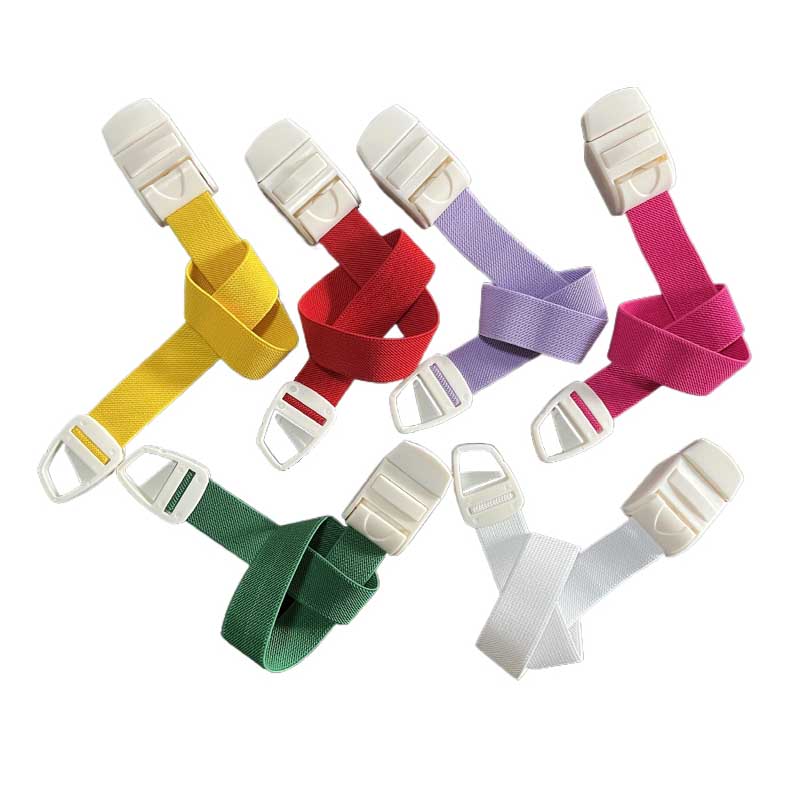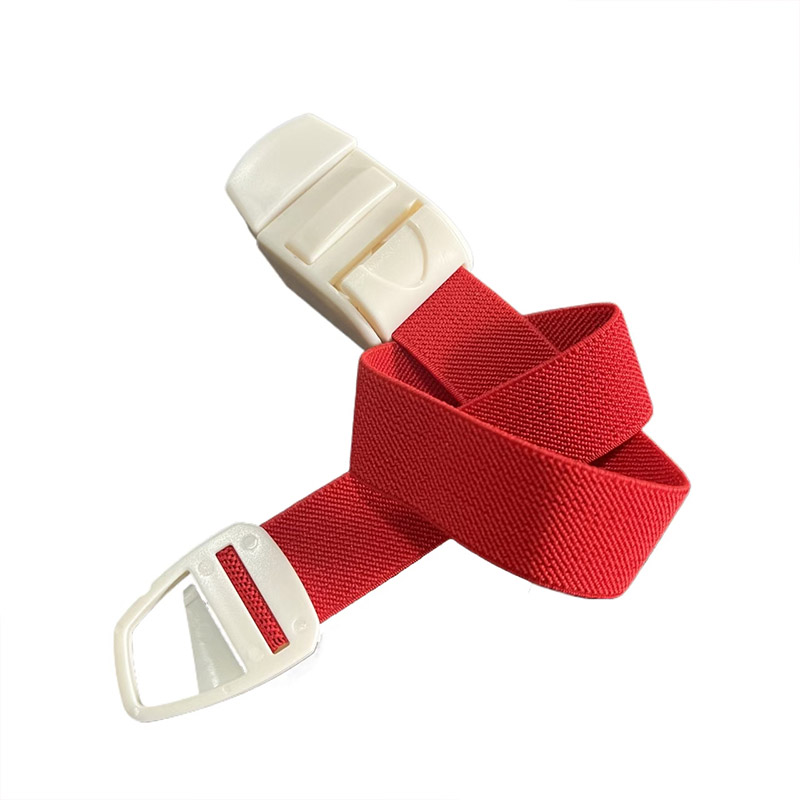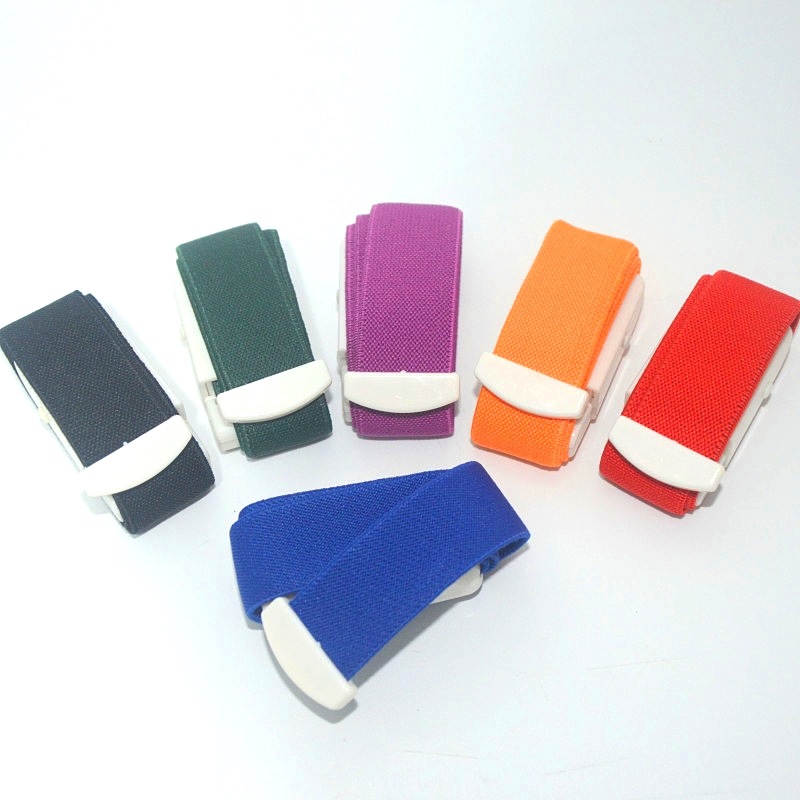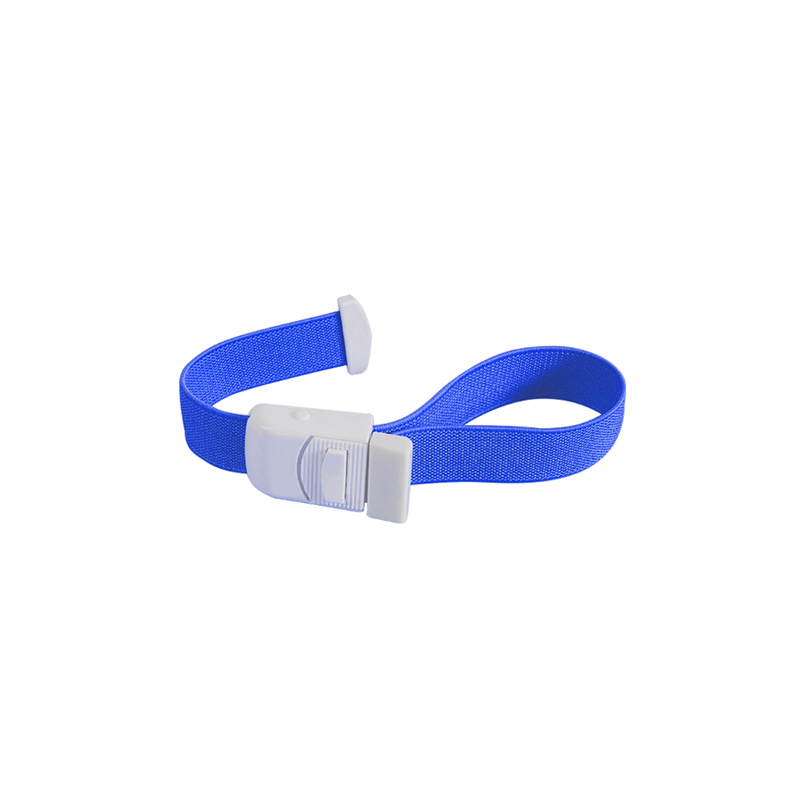Elastic Tourniquet for phlebo
Send Inquiry
The structure of the Elastic Tourniquet for phlebo seems simple, but it embodies the dual considerations of ergonomics and hemostasis medicine. It consists of three parts: a strip-shaped body, a locking device and an adjustment component. The components work together to ensure that the hemostasis process is efficient and controllable.

Elastic Tourniquet for phlebo: This is the core component of the direct blood vessel compression device. Made from high-strength braided tape, it's durable, stretch-resistant, and tear-resistant, allowing it to withstand significant stress without breaking or deforming. The specially treated surface is soft and breathable, minimizing friction damage and preventing allergies from prolonged contact.The width of the strip-shaped main body is usually designed to be 2.5 centimeters. This width can not only ensure the compression area and prevent local tissues from dying due to excessive pressure concentration, but also block arterial blood flow through reasonable pressure conduction.

The snap-on locking device: This is the core innovation point that distinguishes the Elastic Tourniquet for phlebo from the traditional tourniquet, and it mostly adopts ABS engineering plastic material. The interior of the snap is equipped with a serrated slot and an elastic lock tongue. When the ribbon-shaped main body passes through the snap and a pulling force is applied, the lock tongue will automatically insert into the slot to achieve immediate locking and prevent the webbing from loosening and causing pressure attenuation. High-quality snap-on devices also feature "one-way locking and two-way adjustment" functions - once locked, they can only be released through specific operations (such as pressing the unlock button), preventing accidental loosening. At the same time, the tightness of the webbing can be fine-tuned according to the bleeding situation to precisely control the compression pressure


















